This week, more than 500 farmers from every state, U.S. territory, and several Tribal Nations delivered a letter to the U.S. Department of Agriculture urging timely delivery of funds for the Sustainable Agriculture Research and Education Program.
While SARE funding is typically made available in March, this year’s request for applications didn’t drop until September 11, leaving SARE host institutions little time to secure funding before the fiscal year closes. The letter asks USDA to ensure SARE dollars are approved on time so farmers can access regionally appropriate, farmer-led research that supports productivity and competitiveness.
In a Sept. 23, 2025, letter addressed to USDA Secretary Brooke Rollins, the signers emphasized SARE’s unique role within USDA and pressed for application reviews to be completed by the start of the new fiscal year. Administered by the National Institute of Food and Agriculture, SARE is USDA’s only farmer-led research program and has, since 1988, funded more than 9,000 farmer-driven research and education initiatives through competitive grants totaling nearly $478 million.
“As USDA’s only farmer-led research program, SARE has invested in farmer profitability, stewardship, and quality of life for over 35 years. At a time when farmers need more answers than questions, SARE’s stellar, decades-long track record proves it can offer exactly that,” said Mike Lavender, Policy Director at the National Sustainable Agriculture Coalition.
“The current demand for sustainable agriculture solutions far outweighs available resources. SARE plays a critical role in helping farmer driven research keep pace with the growing challenges related to the state of the rural economy, soil health, and competitiveness of American producers. NSAC remains a strong supporter of SARE and continues to advocate for growing the program’s research and funding capacity,” said Nick Rossi, Policy Specialist at the National Sustainable Agriculture Coalition.
SARE backs cooperative, on-farm research that producers say translates quickly into practical solutions — from soil health and grazing to value-added marketing and supply-chain access. The program prioritizes in-field trials, farmer-to-farmer education, and collaboration with researchers, with additional support and training for Extension and other ag professionals. The letter’s authors argue that timely funding is essential to keep that pipeline moving.
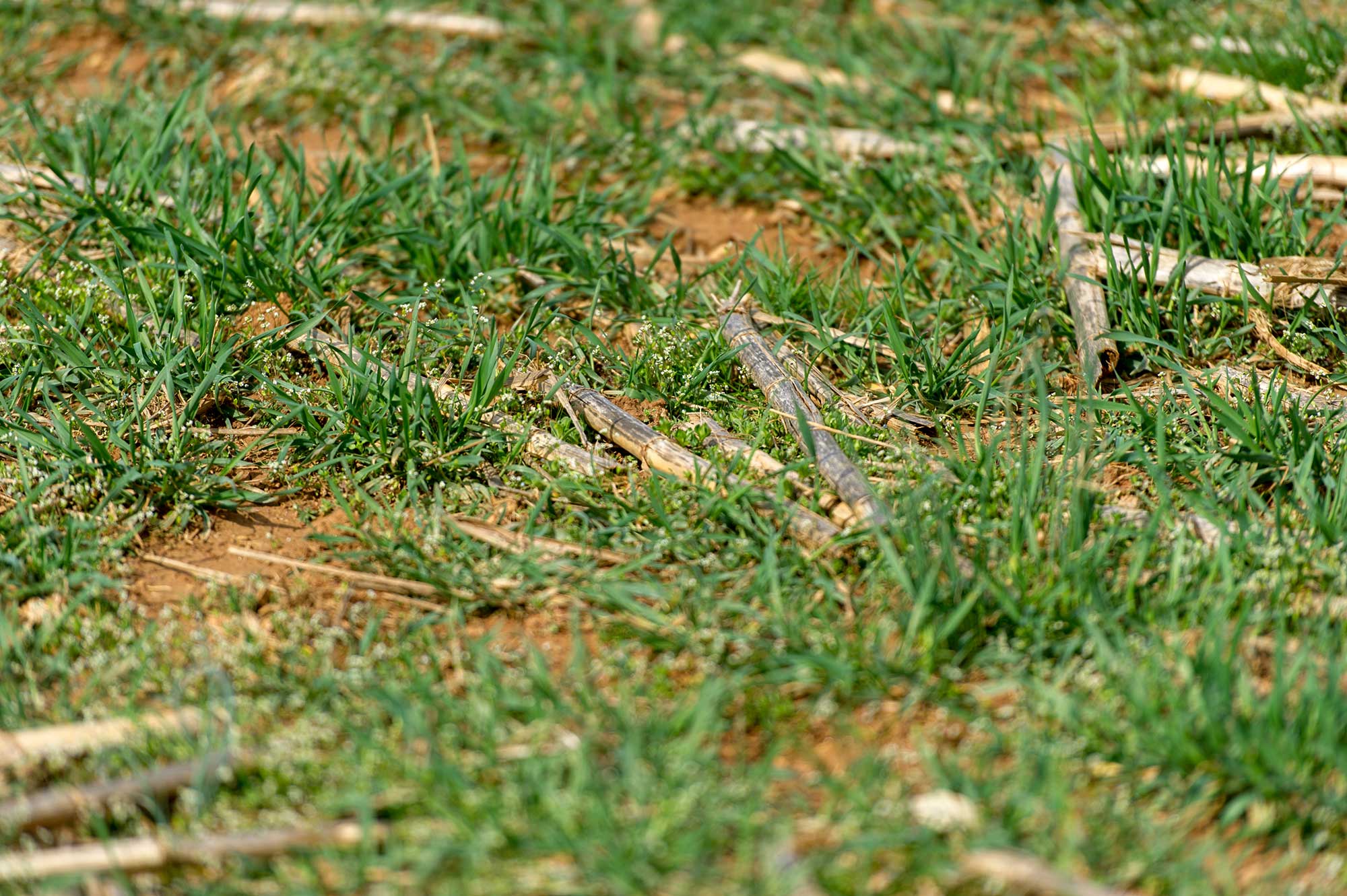
Farmers’ perspectives, in their own words
“I received a SARE grant to help the Kansas City Food Hub — a Cooperative owned by 15 farmers (including myself- we are now owned by 30 farmers) about six years ago when the Hub had been in business for 4 years and had outgrown systems that were under strain from increased sales. Our project aimed to upgrade our food safety system and develop a new brand for the business. Our upgraded food safety protocols helped us bring on a new big institutional client. When COVID hit and that institution closed, because of our new branding and website, the public was able to find us easily and we were able to pivot our sales from 100 percent wholesale to 100 percent retail.” — Katie Nixon of Green Gate Family Farm, Missouri
“I received a Farmer/Rancher grant in the late 1990s. I served on the NC Region SARE advisory committee for 8 years. I still serve on the Kansas advisory committee. I have seen firsthand how frugally SARE’s implementation structure operates. This program is 37 years old, and is very well respected throughout rural America. It would have been such a crime to see it eliminated. Thankfully, common sense prevailed.” — Donn Teske, a sixth-generation beef cow/calf rancher, Kansas
“SARE helps growers like me do practical, on-farm research that is specific to my climate. Right now, precious little research is done on semi-arid, small-scale vegetable growing, so another farmer and I are doing the research ourselves through a SARE grant. The emphasis of SARE on the E (education) means that this research doesn’t go on a shelf somewhere–it goes directly from farmers to farmers who can use it now… If USDA cuts this small but mighty program, it will be another confirmation that the government is only interested in corporate export agriculture, not local family farms like mine. It shows a real lack of understanding of food access and security and who really feeds people in America.” — Nella Mae Parks of Nella Mae’s Farm, Oregon
“As a farmer, I value the SARE program because it provides crucial funding for research that helps us develop farming practices that protect our soil and water while still maintaining profitable operations. Because so much research is carried out by researchers without a farmer’s perspective, the program’s focus on farmer-to-farmer education means we’re learning practical solutions from other producers who understand the real challenges we face in the field every day. SARE’s support for on-farm research projects allows us to test sustainable methods on our own land in real world scenarios and share those results, creating a community of farmers working together to build markets, techniques, and know-how that leads to a more resilient agricultural industry.” — Bill Pluecker of Begin Again Farm, Maine
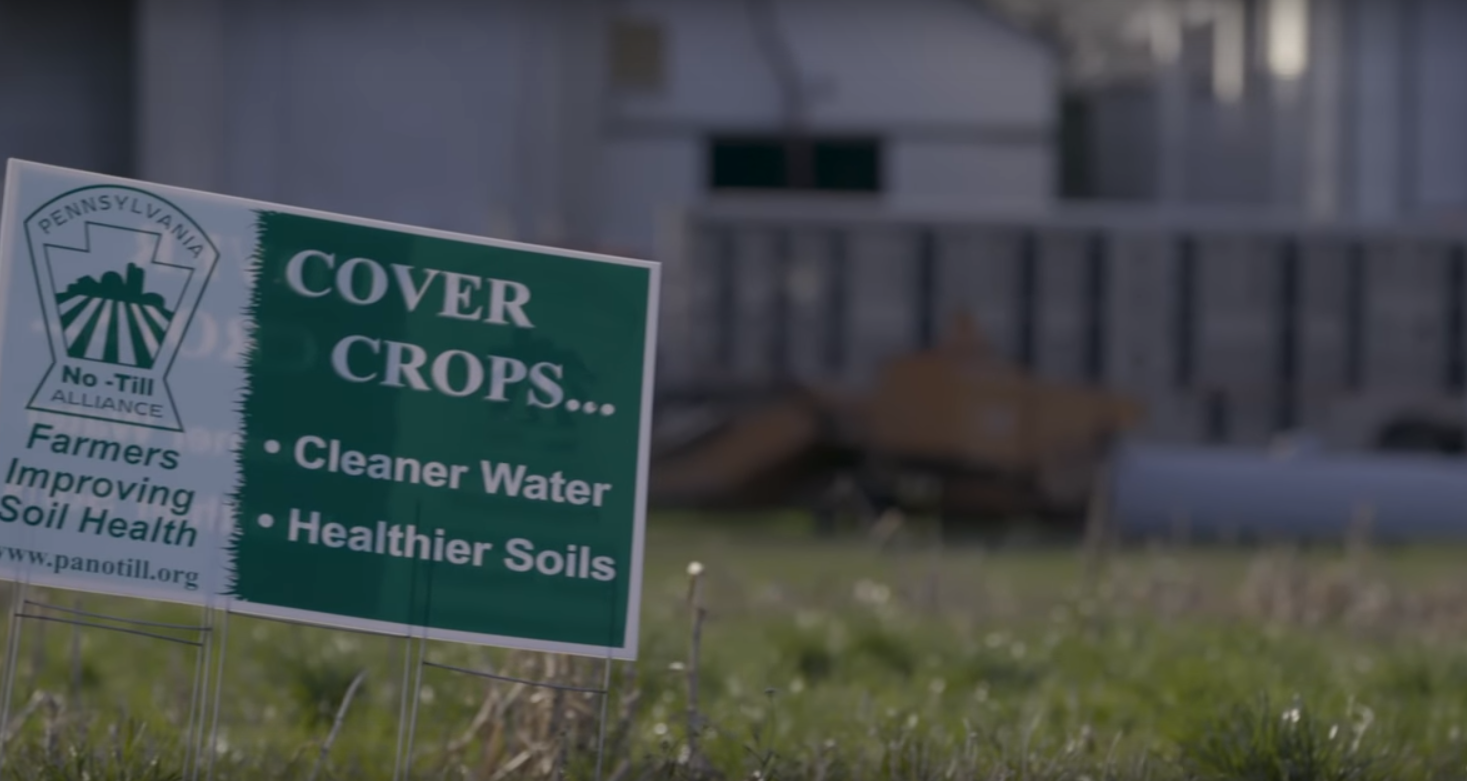

By the numbers
- 37 years of farmer-led research supported through SARE
- More than 9,000 initiatives funded since 1988
- Nearly $478 million awarded across all 50 states and U.S. territories
With FY2025 funding now released, SARE host institutions’ applications must still clear NIFA review before funds hit the field. The signers are asking USDA to prioritize those reviews to avoid gaps and keep research rolling on farms and ranches nationwide.


:max_bytes(150000):strip_icc()/IMG_1591-2048x1365-362687ca596f4814967abffff2b4be2c.jpg)
:max_bytes(150000):strip_icc()/SuccessfulFarmingShareImage-8fed6410b43147a19ed5ea1e3243227f.png)
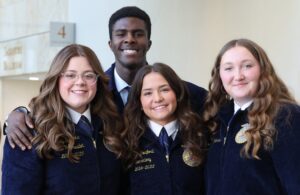


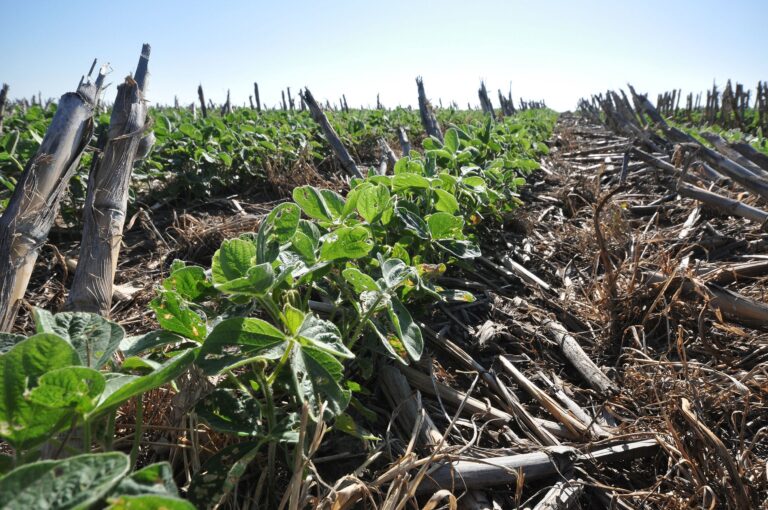

:max_bytes(150000):strip_icc()/IMG_7575-ac6db3006a2145109bcc2df421c7a962.jpeg)
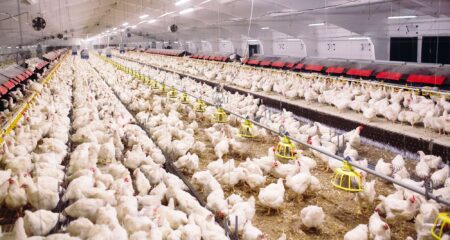
:max_bytes(150000):strip_icc()/Markets-3-Corn-up-3-19bdbeee0041452db8bce0a0f1c8b883.jpeg)